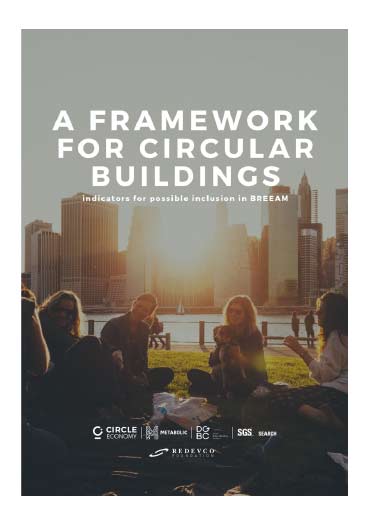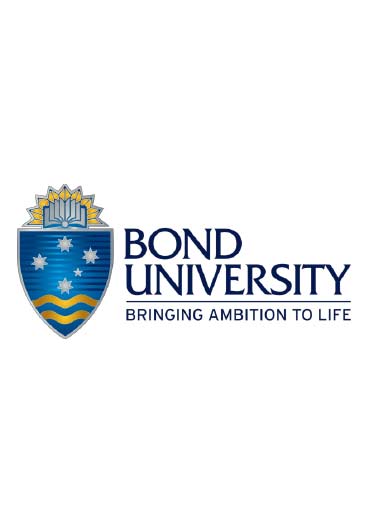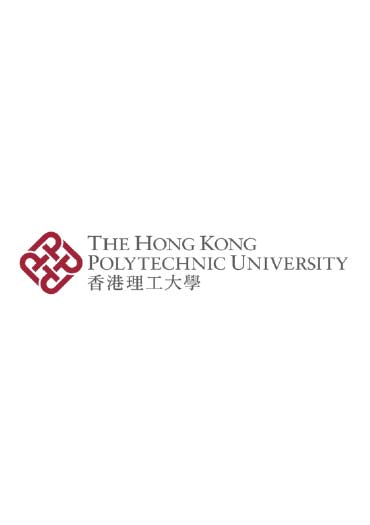
Standards
Switzerland

In the present standard, the term client also includes the planners and other experts commissioned by the client, and the term contractor also includes the subcontractors and suppliers commissioned by the client. Report with information on waste separation, waste categories, quantities and pollutant load as well as the intended disposal routes.
General conditions for construction works

SIA 101 "Regulations for the Services of Building Owners" describes what it means to be a building owner and which obligations and activities are assigned to him. As a standard of understanding, this code or extracts from it can be agreed as part of the contract. SIA 101 is not only addressed to the client, but also to his contractual partners (planners, contractors, consultants). It serves to clarify the interfaces between the parties involved in each phase. In this way, it contributes to the success of the project. SIA 101 is based on the phase model SIA 112 "Model - Construction Planning", but additionally introduces phase 0 "Initialization" and specifies the services and decisions of the client in the individual phases.

Once the construction work has been completed and the structure has been put into operation, the main phase in the life cycle of a structure or plant follows: use. This is accompanied by management to ensure that the value and usability of a structure are maintained for as long as possible. While buildings are not built to last forever, structures usually have a lifespan of at least several decades. The service life depends not only on the quality of workmanship, but also on whether a structure is maintained and meets different usage requirements. These points must be taken into account as early as the planning stage. And deconstructability and the possibility of reusing materials are also important factors in the life cycle of a structure. A prudent planning and execution process, in which all parties involved share the same project goals, saves costs and natural resources and increases quality. This is in line with the SIA's vision: "Our goal is a sustainable living space of high quality. We direct all our efforts towards this."
Europe

DIN SPEC 91484 - Pre-demolition audit
Campanella, D.; Pietsch, R.; Dünger, O.; Sauer, S.; Mettke, A.; Schmidmeyer, S.; Teuffel, P.; Baitinger, M; Kroll, B.; Mees, K. (2023) Language:German, English
DIN SPEC 91484 defines a procedure for recording building products as a basis for assessing the potential for subsequent use prior to demolition and renovation work so that all market participants have sufficient and uniform data depth at all points in the value chain. The scope of application relates to structural facilities in accordance with Section 2 (1) MBO. Requirements for the recording of information, the target document, the process, the actors involved and tools are defined. This elaborated information is provided as a guideline for the creation of "pre-demolition audits" (PDA). With regard to the data exchange of the results, a standardized data format is aimed for to ensure compatibility with other formats.

Country: UK A FRAMEWORK FOR CIRCULAR BUILDINGS indicators for possible inclusion in BREEAM Date: 2018
This report provides a general framework for circular Buildings and proposes specific strategies and indicators for potential inclusion in BREEAM New Construction and Refurbishment & Fit-Out (NC & RFO). The goal of the report is twofold: to provide government, business, and academic stakeholders with a basic framework for the circular building approach and to accelerate the transition to a circular built environment by providing Strategies and indicators for integration into leading global standards for sustainable buildings such as BREEAM
A-Framework-For-Circular-Buildings-BREEAM-report-20181007-1.pdf.
Madaster circularity indicator is designed to evaluate the circularity of buildings (from 0-100%). Buildings. The calculated CI value is based on the data provided by the user in the Madaster database. The CI measures the degree of circularity of buildings in 3 different phases:
➢ Construction phase: What is the ratio between the volume of "new" materials and the volume of "recycled, reused, or renewable" materials?
➢ Use phase: What is the expected service life of the products used compared to the average service life of similar products?
➢ End-of-life phase: What is the ratio between the volume of "waste" and the volume of "reusable and/or recyclable" materials and products recovered from a building when it is renovated or demolished?

The Circular Construction Evaluation Framework (CCEF) was developed to evaluate the circularity of planned and existing construction projects against a broad range of criteria that include material properties (with particular attention to element reuse), suitability for disassembly and adaptability, material information, and health and safety. The framework is intended to provide architects, engineers, consultants, contractors, and, most importantly, building owners who want to practice and implement sustainable values, with a comprehensive, transparent, and freely applicable method to assess a project's circularity at early design and planning stages, to guide and inform design decisions, and to Increase circularity.
Dams_et_al_manuscript_revised.pdf.
https://www.sciencedirect.com/science/article/abs/pii/S0959652621023404

Recycled Content Materials Assessment Methodology
This document describes the methodology used to assign an A, B, C, X, or GREY material assessment rating to recycled content materials subject to review in a finished product that is applying for Cradle to Cradle certification.
MTD_Recycled_Content_Materials_Assessment_FINAL_022322.pdf
The aim of the project was to develop and test a new label: "Closed-loop construction". It was planned to introduce this label in the building sector, focusing on the attractiveness, communication and promotional activities around the award of the first labels. First, existing tools for measuring "sustainability of buildings" were analyzed and tools that have been developed or are currently being developed to measure the "circular economy of buildings" were identified: Level(s), GRO, TOTEM, BREEAM (NL and UK), DGNB, HQE, LEED, BAMB, Circularity Indicator, Cenergie-tool. The tool was developed to evaluate buildings on 2 levels: - Quantitative, considering future-oriented design and construction, environmental impact, urban degradation and transition, - qualitatively, with attention to scenario thinking and visioning, and building leadership. Developing a methodology to "calculate" a building's circularity is proving to be more complex than originally anticipated. Further elaboration of the label will take place within the framework of Interreg CBCI (Circular Biobased Construction Industry). In this new project, we will further market test the methodology, test the business model with stakeholders, and work towards the deployment and launch of the label, including the strategy and related (digital) tools and communication.
Worldwide

ISO 20887:2020
Sustainability in buildings and civil engineering works - Design for disassembly and adaptability - Principles, requirements and guidance
This document provides an overview of Design for Disassembly and Adaptability (DfD/A) principles and potential strategies for integrating these principles into the design process. This document provides information to help builders, architects, engineers, product designers, and manufacturers understand potential DfD/A options and considerations, as well as other parties responsible for financing, regulating, constructing, redesigning, deconstructing, or demolishing structures.
This document applies to all types of buildings (e.g., commercial, industrial, institutional, and residential), civil engineering structures (e.g., dams, bridges, roads, railroads, runways, utilities, pipelines), and their components. It can be used for new construction, rehabilitation, renovation, and design of incremental improvements or complete redesign of buildings, building systems, structures, and their components. This document also provides guidance on measuring performance relative to each DfD/A principle and its associated objectives.

Designing future buildings with embedded potential for adaptive reuse is a useful criterion for sustainability. Adaptive reuse is an emerging and significant design strategy that supports global climate change mitigation and emissions reduction. Adaptive reuse of buildings is a viable alternative to demolition and replacement; it generates less energy and waste, and can provide social benefits by revitalizing and breathing new life into familiar landmarks. Life. This paper describes the development of a new assessment tool called adaptSTAR that can be used to evaluate the potential for future adaptive reuse at the time a building is designed. This paper reports on the methodology used to develop this assessment tool and the practical problems encountered in its application. The results show that the criteria criteria can be identified and weighted by physical, economic, functional, technological, social, legal, and political categories to calculate an adaptive reuse assessment.
More information
An adaptive reuse (ARP) model is developed and discussed in the context of its application to the Hong Kong market. The model can help transform traditional decision-making processes of real estate stakeholders towards more sustainable practices, strategies and outcomes by providing the industry with a means to have existing buildings with high potential for adaptive reuse. This, in turn, enhances Hong Kong's capacity for sustainable, responsive management of energy and natural resources by identifying and assessing issues of excessive and inappropriate resource use so that appropriate management strategies are implemented.
